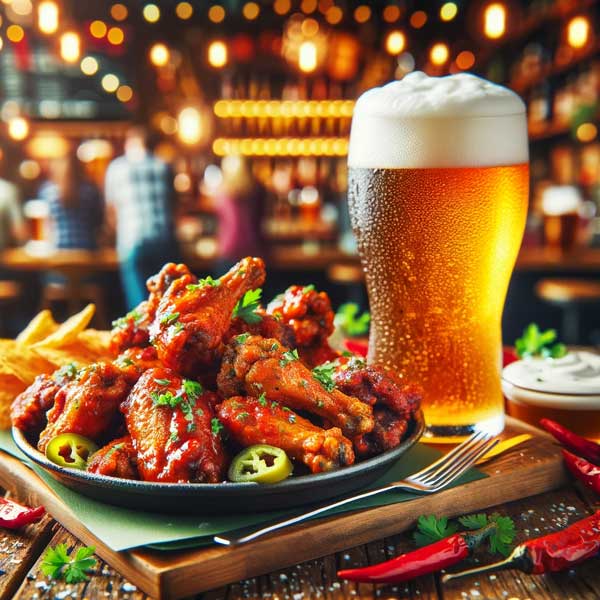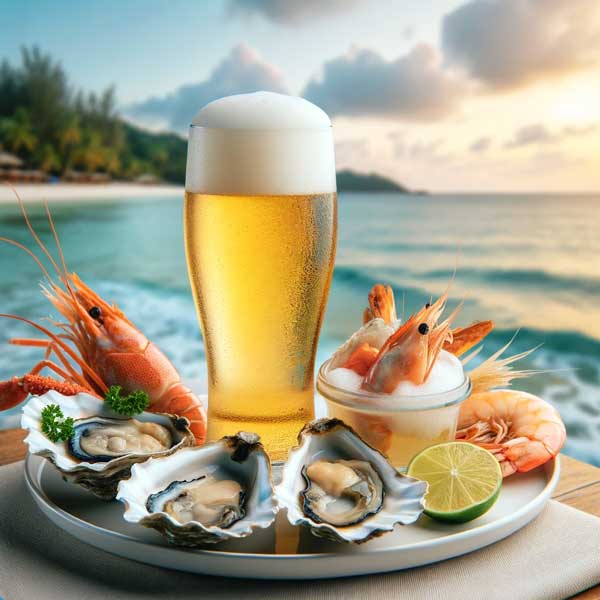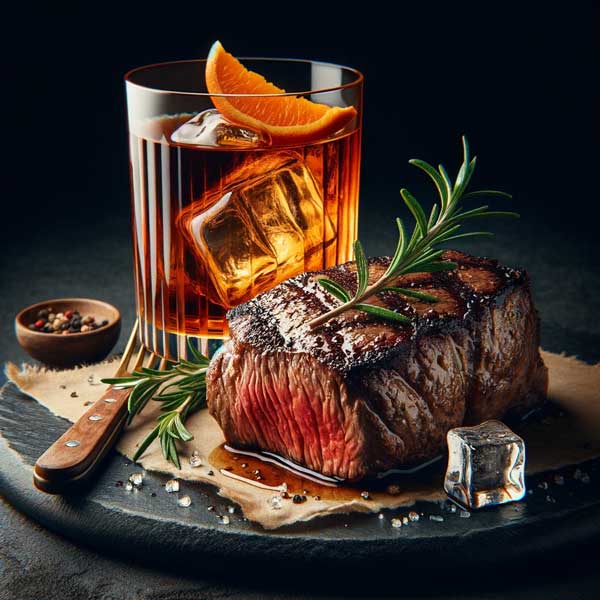Harmony in Flavors: Mastering the Art of Food Pairings with Beer and Spirits
Delving into the culinary world of food and drink pairings opens up a realm of flavors that when matched thoughtfully, can elevate the dining experience to new heights. The interplay between the robust world of beers and the bold character of spirits with food is not just about what goes well together, but about creating a journey for the senses. This journey is about harmony and balance, where each sip and bite is a step forward in a dance choreographed by taste and aroma.
The art of pairing is more than an old-world tradition; it's a modern exploration of how different flavors interact. With the craft beer revolution and the renaissance of artisanal spirits, the possibilities for new pairings have become almost endless. Whether you're a connoisseur or a casual enthusiast, understanding the fundamentals of these pairings can unlock a deeper appreciation for your meals and the drinks that accompany them.
In this guide, we will navigate through the principles that govern successful combinations, journeying from the hop fields and barley mashes to the distilled essences of grains and botanicals. We'll provide a toolkit for pairing that can be applied across the diverse spectrum of beer and spirits. Whether it's the fiery kick of a spicy dish tamed by the cool bitterness of an IPA or the rich, smoky whispers of a fine scotch alongside the sweetness of chocolate, the goal is a perfect union where food and drink enhance one another, creating a symphony of flavors that resonates long after the meal is over.
Let's embark on this gastronomic adventure, where each pairing is not just a complement or contrast but an opportunity to discover new dimensions of flavor. Welcome to the art of pairing, a place where the magic of good food meets the craft of fine beer and spirits.
Related Recipes

Beer Pairings
Beer, with its broad spectrum of styles and tastes, from hoppy IPAs to malty stouts, can be an ideal companion to a variety of dishes.
- IPA and Spicy Food: The hop bitterness of an India Pale Ale can intensify the heat of spicy dishes, which is perfect for those who love an extra kick. Try an IPA with spicy wings or a fiery curry.
- Stout and Barbecue: The deep, roasted flavors of a stout can stand up to the boldness of smoked barbecue meats. The richness of both creates a harmonious blend in the mouth.
- Pilsner and Seafood: A crisp, light pilsner won't overpower delicate seafood flavors. It’s perfect with shrimp, oysters, or a light fish, as it offers a clean finish that enhances the meal.
Spirits Pairings
Spirits are more intense and have higher alcohol content than beer, which means they can either be a bold counterpoint or a direct complement to your dish.
- Bourbon and Smoked Meats: The vanilla and caramel notes in bourbon resonate with the smokiness of meats. Try a smooth bourbon with smoked brisket for a satisfying combination.
- Scotch and Chocolate: The peaty, earthy notes of a good scotch can enhance the bitter notes of dark chocolate. This pairing is ideal for a post-dinner indulgence.
- Gin and Ceviche: The botanicals in gin, especially those with citrus notes, can elevate the fresh, acidic flavors of ceviche or other light citrus-infused dishes.


Cocktail Considerations
Cocktails, being a blend of spirits and other ingredients, offer a unique way to pair with food. Here are a couple of ways cocktails can complement a meal:
- Old Fashioned and Steak: The sweetness and bitters in an Old Fashioned can bring out the savory flavors of a well-cooked steak, creating a balance between the rich meat and the nuanced cocktail.
- Margarita and Tacos: The lime and tequila in a margarita cut through the fat of tacos al pastor, cleansing the palate with each sip.
Tips for Successful Pairings
- Experiment: Don’t be afraid to try new combinations. Sometimes, the most unexpected pairings can be the most delightful.
- Consider Intensity: Match the intensity of your drink with the intensity of your food. A light beer might be overshadowed by a robust, spicy meal, just as a delicate dish could be overpowered by a strong spirit.
- Seasonal Pairings: Consider the season when choosing pairings. A heavy stout might be more appealing in the winter, while a refreshing gin cocktail could be perfect for summer evenings.
- Personal Preference: Ultimately, the best pairing is one that you enjoy. Trust your palate and choose what tastes best to you.
Pairing food with beer and spirits can transform a meal into an experience. Whether you're complementing, contrasting, or cleansing, the right beverage can highlight and enhance the flavors of your dish, making every bite (and sip) more enjoyable. Remember, the key to a great pairing is balance and personal enjoyment, so don't be afraid to mix and match until you find your perfect combination. Cheers to your next culinary exploration!






